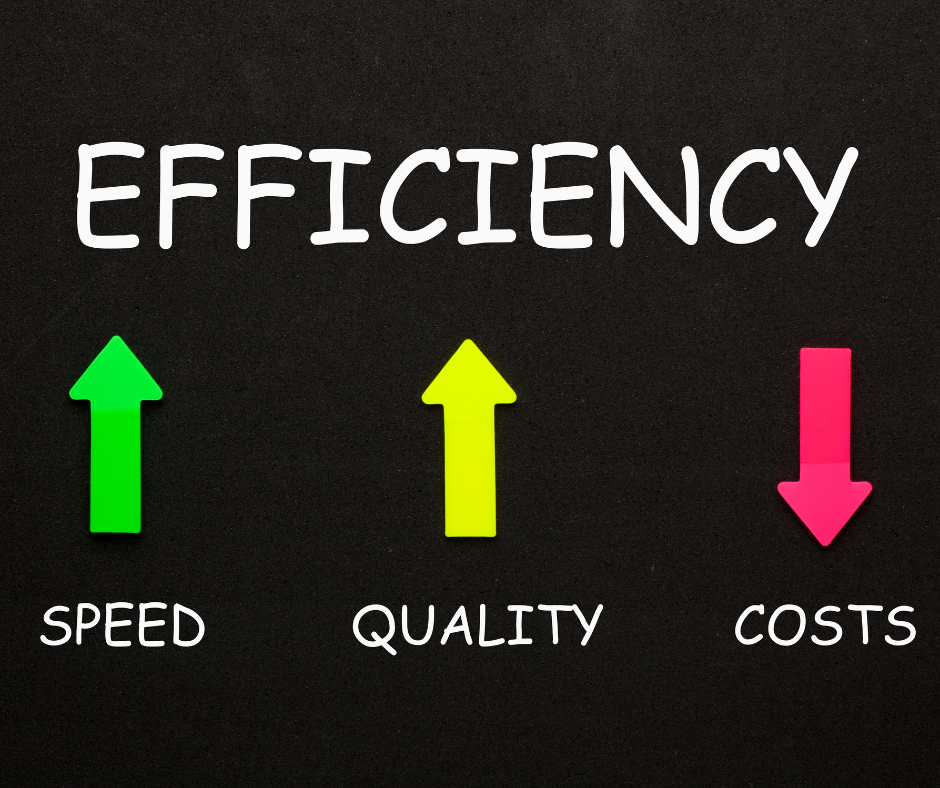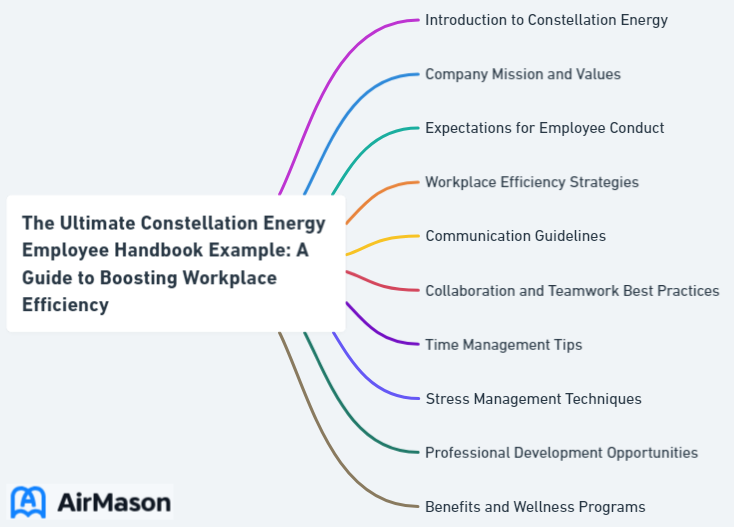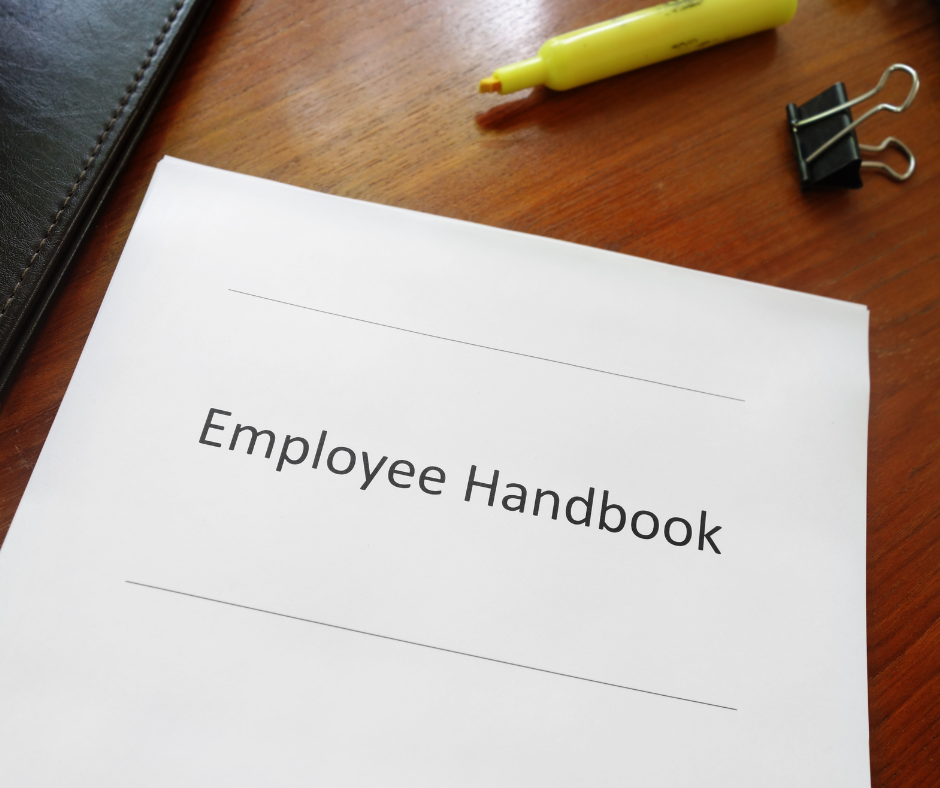
The modern workplace is rife with energy consumption, and organizations are increasingly recognizing the importance of energy efficiency in reducing operating costs and promoting environmental sustainability. But how can businesses effectively integrate energy-saving practices into their daily operations? Enter the Constellation Energy Employee Handbook Example – a comprehensive guide that not only communicates company culture but also emphasizes energy efficiency and conservation.
Key Takeaways
- Creating an energy-focused employee handbook can promote workplace efficiency and sustainability goals.
- Employee engagement is essential for successful implementation of energy conservation initiatives, through strategies such as participation, training and rewards.
- The Constellation Energy employee handbook serves as a best practice example for integrating policies, technology and monitoring/evaluation to maximize effectiveness of energy saving measures.
Employee Handbook Examples
When seeking inspiration for creating a comprehensive employee handbook, exploring various “employee handbook examples” can provide valuable insights. These examples showcase diverse approaches to policies, procedures, and company culture, serving as practical references for organizations aiming to develop or update their own handbooks. By analyzing different “employee handbook examples,” businesses can tailor their documents to align with industry standards, legal requirements, and the specific needs and values of their workforce. As a crucial tool for communication and guidance, an effective employee handbook exemplifies clarity, transparency, and a commitment to fostering a positive working environment.
Creating a Constellation Energy Employee Handbook
An employee handbook:
- Establishes a productive work environment by guiding employee behavior
- Reinforces company culture
- Encourages employees to participate in energy conservation efforts, benefiting both the organization and the environment.
For example, a company can create a sense of shared responsibility among employers and employees by incorporating energy-saving tips and guidelines into its employee handbook, making each person more environmentally conscious.

Importance of an energy-focused employee handbook
An energy-focused employee handbook promotes energy conservation in the workplace by providing a job description that outlines energy efficiency and offers practical guidelines to reduce energy consumption. This helps employees understand their role in supporting sustainability goals.
A positive workplace culture that encourages energy-saving behaviors can be a driving force behind successful conservation efforts.
Key components of an energy-efficient employee handbook
An energy-efficient employee handbook should include policies and regulations for energy conservation, tips for reducing energy consumption, and information on energy-saving measures and technologies. Implementing training and educational programs are necessary for employees to understand the importance of energy efficiency and actively participate in energy-saving initiatives.
Monitoring and reporting on energy usage can enhance the effectiveness of energy conservation efforts.
Enhancing Employee Engagement with Energy Conservation

Employee engagement is key to the success of energy conservation initiatives. When employees are motivated and involved in energy-saving efforts, they are more likely to adopt sustainable habits and contribute to a greener work environment. Keeping employees engaged in these initiatives is crucial for long-term success.
Fostering employee engagement in energy conservation can be achieved through various strategies, such as encouraging participation in energy-saving initiatives, providing training and education programs, and offering incentives and rewards.
Encouraging employee participation
One effective way to promote employee participation in energy-saving initiatives is by offering incentives and rewards for energy conservation efforts. Some examples of incentives and rewards include:
- Gift cards or vouchers for energy-efficient products or services
- Extra paid time off or vacation days
- Recognition programs that celebrate employees who contribute to energy efficiency
These incentives and rewards can encourage employees and foster a sense of pride and accomplishment, making employees feel more engaged in energy-saving initiatives.
Involving staff in the planning and decision-making process for energy conservation initiatives can also enhance employee engagement.
Training and education programs
Training and education programs are another strategy to promote employee engagement in energy conservation. These programs can help employees gain the knowledge and skills necessary to make informed decisions about energy use and take action to reduce energy consumption.
Examples of practical energy-saving measures include:
- Switching to energy-efficient light bulbs
- Using natural light whenever possible
- Adjusting thermostat settings to optimize heating and cooling efficiency
Implementing Energy-Efficient Policies and Procedures

Implementing energy-efficient policies and procedures is necessary for organizations to achieve their energy-saving goals. These policies should be designed to address specific areas of energy consumption and set achievable targets for improvement. Conducting an energy audit is an essential first step in assessing current energy use and identifying opportunities for increased efficiency.
Investing in energy-efficient equipment and technologies enhances an organization’s energy conservation efforts.
Conducting an energy audit
An energy audit is a comprehensive inspection and analysis of energy flows within a building or facility. It serves as a valuable tool for identifying areas of energy waste and inefficiency, ultimately guiding the development of targeted energy-saving policies.
Conducting an energy audit helps organizations identify energy savings opportunities, implement cost-effective efficiency improvements, and contribute to environmental sustainability.
Developing energy-saving policies
Developing energy-saving policies involves formulating strategies that address specific areas of energy consumption. Recommended approaches include:
- Implementing energy-efficient product procurement standards
- Periodically reviewing and monitoring energy management systems
- Launching retrofit programs for energy-efficient upgrades
Adopting such policies promotes energy conservation and enhances an organization’s commitment to sustainability.
Monitoring and evaluating progress
Monitoring and evaluating progress is critical to ensuring the success of energy-saving initiatives. Organizations can use benchmarking activities and Evaluation, Measurement, and Verification (EM&V) practices to assess their progress in energy efficiency.
Regularly tracking energy consumption and making necessary adjustments helps companies stay on track to achieve their energy-saving objectives.
Integrating Technology for Energy Efficiency

Integrating technology achieves greater energy efficiency and reduces an organization’s environmental impact. Investing in energy-efficient devices and using smart technologies allows businesses to optimize energy usage, minimize waste, and enhance sustainability efforts.
Encouraging remote work and flexible schedules can further contribute to reduced energy consumption and promote a better work-life balance for employees.
Investing in energy-efficient devices
Investing in energy-efficient devices such as commercial food service equipment, office equipment, and data centers can significantly reduce energy consumption and lower operating costs. Replacing outdated equipment with more energy-efficient alternatives achieves substantial cost savings and reduces the environmental footprint. Government incentives and programs can further support businesses in adopting energy-efficient devices.
Utilizing smart technologies
Smart technologies, like energy management systems and automation, optimize energy usage and minimize waste. These technologies enable real-time monitoring and adjustments, allowing for immediate cost savings and improved energy efficiency.
Implementing smart technologies can also contribute to better energy reliability, reducing the risk of power outages and ensuring consistent power usage.
Encouraging remote work and flexible schedules
Encouraging remote work and flexible schedules has several benefits:
- It reduces energy consumption in the workplace
- It promotes a better work-life balance for employees
- Remote work eliminates the need for daily commuting, reducing emissions and lowering overall energy usage.
Flexible schedules allow employees to optimize their work-life integration in various work environments, leading to increased well-being and productivity.
Case Study: Constellation Energy Employee Handbook Example

The Constellation Energy employee handbook exemplifies how businesses can effectively incorporate energy-saving policies and procedures into a comprehensive guide for employees. The handbook includes:
- Guidelines and policies that promote the adoption of energy-saving practices in the workplace
- Emphasis on the importance of sustainability
- Resources for employees to gain further knowledge about energy efficiency
Analyzing the Constellation Energy handbook offers valuable insights into best practices for creating an energy-efficient employee handbook.
Overview of the handbook
The Constellation Energy employee handbook serves as an example of a comprehensive guide that effectively integrates energy-saving policies and procedures. It outlines initiatives such as adopting a slogan regarding the conservation of energy in the workplace and promoting employee engagement ideas that are conducive to energy savings.
Providing a clear explanation of the Code of Business Conduct and emphasizing the company’s commitment to energy efficiency, which aligns with the company’s values, motivates employees to participate in energy-saving initiatives.
Lessons learned and best practices
Lessons learned from the Constellation Energy employee handbook example include the importance of employee engagement, technology integration, and ongoing monitoring and evaluation of energy-saving initiatives. By involving employees in the planning and decision-making processes for energy conservation efforts, organizations can foster a sense of shared responsibility and drive further engagement, ultimately improving retention rates.
The integration of smart technologies enables real-time monitoring and adjustments, ensuring the effectiveness of energy-saving initiatives.
Avnet Employee Handbook Example
In the comprehensive Avnet employee handbook example, employees gain invaluable insights into the company’s values, policies, and work culture. The Avnet employee handbook example serves as a guiding document, outlining expectations, benefits, and the shared commitment to fostering a collaborative and inclusive workplace environment. This resource not only elucidates the organization’s structure but also provides a roadmap for professional development, ensuring that every employee is well-equipped to contribute to Avnet’s success. With clear and transparent guidelines, the Avnet employee handbook example plays a pivotal role in nurturing a positive and thriving work atmosphere for all team members.
Summary
In conclusion, creating an energy-efficient employee handbook is essential for organizations seeking to promote energy conservation and reduce their environmental impact. By incorporating energy-saving policies and procedures, engaging employees in conservation efforts, and investing in energy-efficient technologies, businesses can achieve their energy-saving goals and contribute to a sustainable future. The Constellation Energy employee handbook serves as an excellent example for organizations looking to create a comprehensive guide that effectively integrates energy-saving initiatives.
Frequently Asked Questions
What is the code of conduct for constellation?
Constellation’s code of conduct is based on principles of fairness, honesty and integrity in all dealings with employees, stockholders, customers, suppliers, government agencies and communities. They strive to maintain ethical and legal conduct and are committed to exemplifying the right behaviors within their organization and industry.
How many employees does Constellation Energy have?
Constellation Energy had 13,370 employees in 2022, a 14.31% increase compared to the previous year.
What is the role of an employee handbook in promoting energy efficiency?
An employee handbook is essential in promoting energy efficiency, by providing a clear communication of company culture and reinforcing policies and procedures that help save energy.
How can businesses promote employee engagement in energy conservation efforts?
Businesses can promote employee engagement in energy conservation by offering incentives and rewards, providing training and education programs, and encouraging participation.
What is the significance of conducting an energy audit?
Conducting an energy audit is essential for identifying areas of energy waste and inefficiency, providing the necessary information to guide the development of targeted energy-saving policies.
Important Disclaimer:
The article presented here does not serve as a representation of the company’s actual employee handbook mentioned in this article.
Our discussions and insights regarding employee handbook are based on assumptions about what may be considered significant in this companies’ policies. These assumptions are drawn from available information and industry knowledge. Readers are advised that the content provided is for informational purposes only and should not be construed as an exact reflection of any company’s official policies or procedures. For precise and accurate details regarding a company’s employee handbook, individuals should refer directly to the company’s official documentation or consult with appropriate representatives.
Please be aware that the content on this page has been generated by using artificial intelligence language models and may contain errors, inconsistencies, or outdated information. It is provided as-is without any warranties or guarantees of accuracy. We strongly recommend using this content as a starting point for further research. We disclaim any liability for damages or losses resulting from the use or reliance on this content.